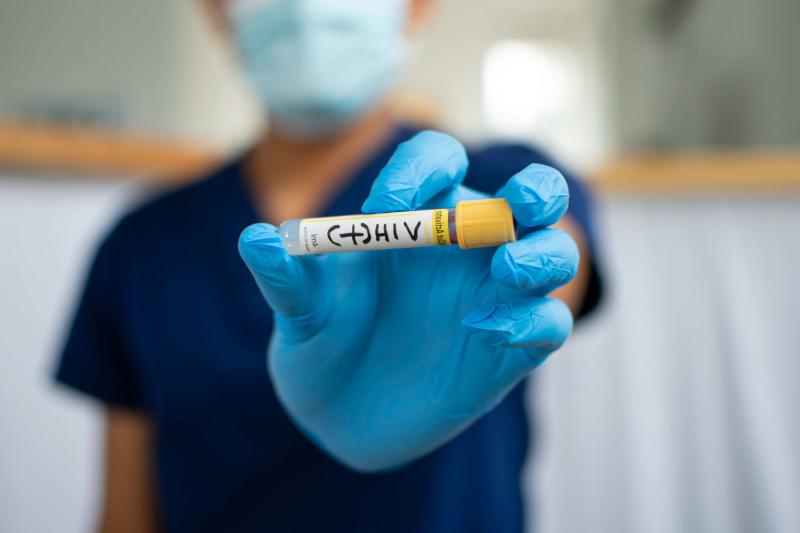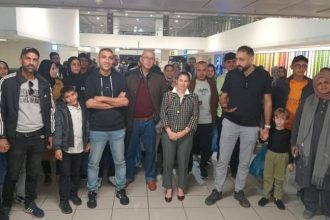With Africa making significant strides against HIV/Aids, new infections are now predominantly occurring outside the continent. Professor Thumbi Ndung’u, a leading HIV/Aids expert and director of basic and translational science at the Africa Health Research Institute (AHRI) in KwaZulu-Natal, emphasizes the need for innovative solutions, including a vaccine and a potential cure.
World Aids Day, observed annually on 1 December since 1988, serves as a reminder of the global solidarity needed to combat the HIV/Aids epidemic. Despite remarkable progress in treatment and prevention, nearly 40 million people worldwide, the majority in Africa, live with HIV.
The Push for New Solutions: Vaccines and Cures
While antiretroviral (ARV) drugs have transformed the fight against HIV by reducing transmission and prolonging lives, they are not without challenges. Long-term ARV use is costly, demanding for patients, and associated with higher risks of comorbidities like cancer and metabolic disorders.
South Africa has been providing free ARV therapy through its public healthcare system since 2004. This initiative contributed to a 50% reduction in new HIV infections from 2010 to 2021, according to UNAIDS. Globally, new infections have declined by 60% since their peak in 1995.
A Cure in Sight?
The third United Nations Sustainable Development Goal (SDG) aims to end the HIV/Aids epidemic by 2030. Achieving this requires a 90% reduction in new HIV infections and Aids-related deaths compared to 2010 levels. Ndung’u believes a cure could be a critical tool in this fight.
Yet, progress on a vaccine or cure has been slow. Despite decades of research, a breakthrough has proven elusive. Only seven individuals globally have been cured of HIV, and these cases involved complex and risky bone marrow transplants for cancer treatment.
South Africa’s Role in Cutting-Edge Research
Ndung’u is optimistic about ongoing trials, particularly one involving young women in KwaZulu-Natal, a demographic highly vulnerable to HIV. The AHRI study treats participants with ARVs soon after infection to preserve their immune systems. It then combines this with powerful immune-boosting therapies designed to eliminate the virus and activate dormant immune cells.
“Our goal is to achieve long-term virus control without ARVs,” says Ndung’u. “This could revolutionize HIV treatment and pave the way for a cure.”
Why Africa Must Lead the Research
Africa remains the epicentre of the HIV epidemic, with 26 million of the world’s HIV-positive population living on the continent. While infection rates are declining, complacency could reverse these gains. The rising infections in Asia, Latin America, and Eastern Europe highlight the persistent global threat.
In Africa, HIV disproportionately affects young women, whereas in other regions where infections are increasing, men are the most affected. For Africa to meet the 2030 SDG targets, significant investment in research and prevention is crucial.
Looking Ahead
Ndung’u stresses that continued research is the key to future breakthroughs. “Without research, we cannot make discoveries. It’s our chance to change the narrative.”











